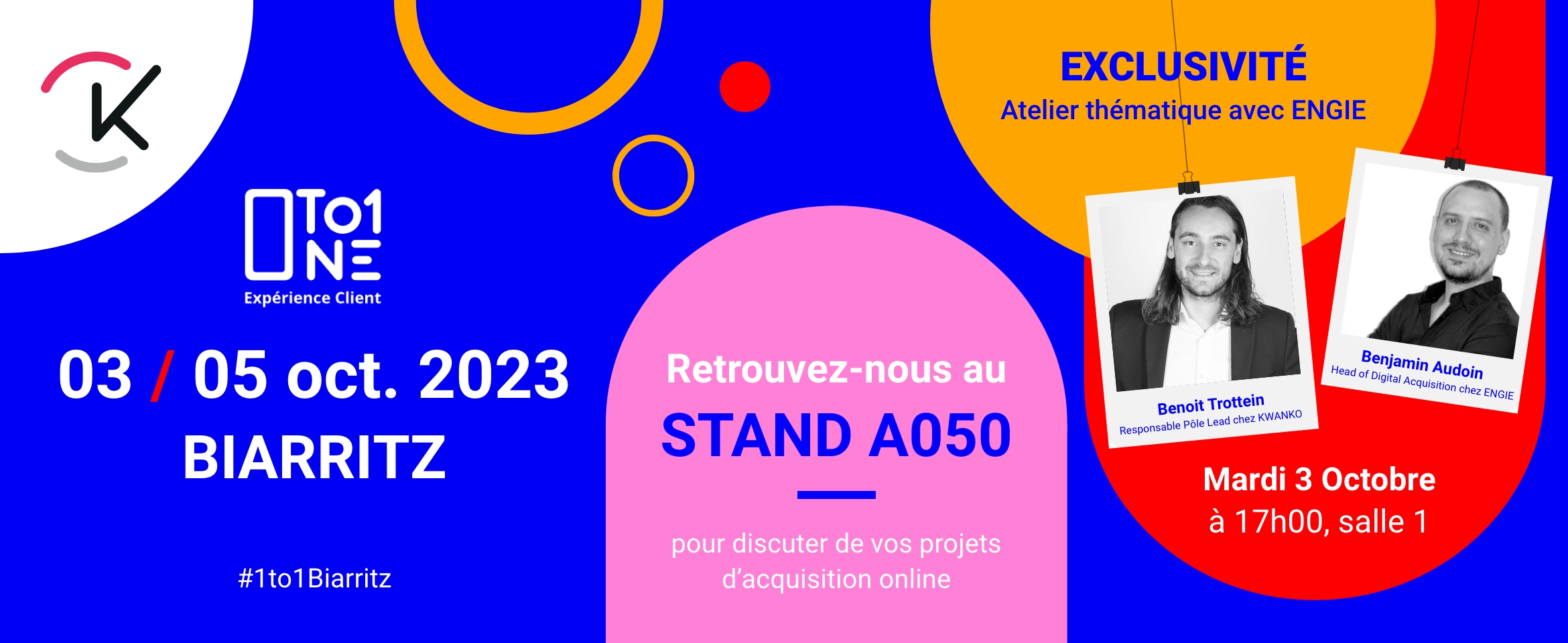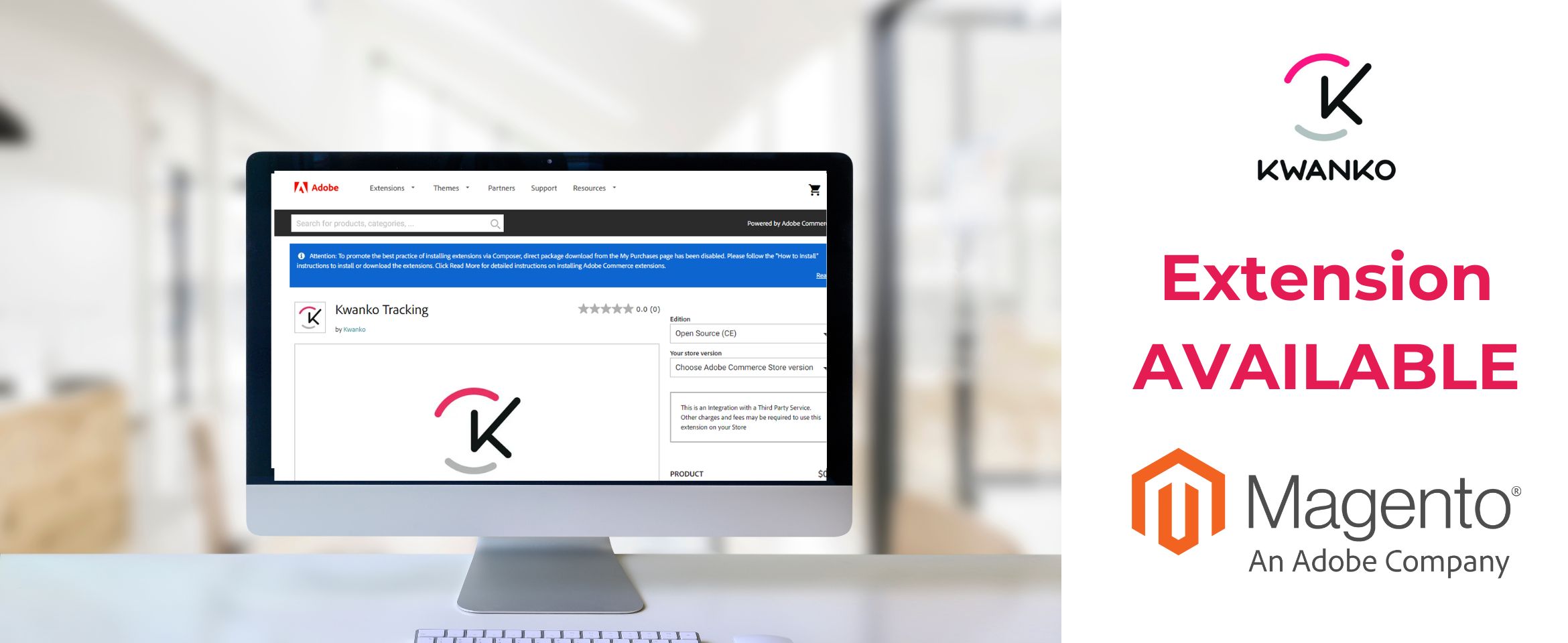It’s the classic dilemma faced by anybody responsible for marketing, traffic management, or online sales. You’ve negotiated an advertising budget, and now all you have to do is use it. But how should you do that? Above all, where should you invest? Social networks, certainly. Except that recent revelations regarding fraudulent advertising clicks may dampen your enthusiasm. In influence marketing, then. But how do you calculate the ROI that your manager is impatiently waiting for? In order to save you a headache, let’s take a look at the question together so that we can get some perspective.
The PESO model: a good first step in examining your options
PESO is a model developed by the American agency Spinsucks which systematically presents your main options for getting people talking about your brand and attracting new prospects:
- P for Paid: This means paying for visibility.
- E for Earned: This is the exposure achieved by the brand thanks to its public relations activities and organic influence.
- S for Shared: Social content shared online.
- O for Owned: The content owned by the brand (blog, videos, infographics, etc.).
Your advertising budget can, therefore, be categorised into the Paid section, as well as the areas overlapping with Earned and Owned.
The ‘Paid’ circle: Paid advertising and content
- Display – Advertising in the form of banners displayed on third-party sites (publishers, bloggers, etc.)
- SEA – Advertising on search engines using sponsored links (Google Adwords for example).
- SMA – Advertising on social networks according to specific targeting criteria.
- Native advertising – Native, non-intrusive advertising displayed on sites partnered with advertising agencies which are integrated into the overall design and editorial approach of the medium.
- RTB – Advertising which uses programmatic technologies to display on third-party sites.
At the overlap of ‘Paid’ and ‘Owned’: Incentive
- Affiliate marketing: a partnership with a content producer who can relay your offers in return for a commission based on the defined KPI (click, purchase, download, etc.).
- Influencer: a partnership with individuals who promote a product, a service or an experience by using social networks.
- Sponsored content: advertising or an offer that is promoted as part of an editorial partnership.
- Co-registration /Co-branding: when two brands work together to organise an event or create an offer. The data is therefore shared and the target community is much larger.
At the overlap of Paid and Earned: Recognition
- Sponsored blogger: a paid partnership between a brand and a blogger so that the latter promotes an offer on their blog.
- Infomercial: a paid magazine or web advertising from a brand, but the content is similar to an editorial article with a journalistic tone.
- Cashback and special offers: sites that work with brands in order to offer discount vouchers or exclusive special offers.
Your buyer personas: so that you know what message to give and through which channel to give it
Now that you know what options you have available, you need to know who to talk to. This is why defining your buyer personas is vital. These are composite profiles of your customers created according to your teams’ experiences, the data you have available, and feedback from customer support. Each persona has its own personality, identity, lifestyle, consumption and reading habits, and so on. In general, four or five personas will be sufficient to cover 80% of your customers. Your personas are essential for choosing the right means of communication in a targeted and strategic fashion.
Define your promotional goals
Why are you advertising? This question is vital as you need to be specific. Selling more isn’t a goal, it’s a desire. On the other hand, increasing sales by 5%, finding 200 new customers, or increasing the average basket by 10% in the next 3 months; these are all goals. Your advertising goals should follow the SMART model. This means that they should be specific, measurable, achievable, realistic, and time-bound. Without clear goals, it will be impossible to know if your investments are the right ones. It will also prove useful to define effective performance indicators that you can follow from a dashboard. Lastly, you need to distinguish between short-term needs (immediate sales) and long-term needs (recognition, image, respectability) which might be complemented by an approach focusing on inbound marketing.
Create your advertising plan in accordance with your advertising budget
This is the final and most important step: you need to match an advertising option for a persona and a goal. For example, this might be launching Adwords campaigns for your Peter persona, who is responsible for purchases, with the goal of finding five new B2B clients by the end of the month. Good practices for the success of your advertising plan:
- Diversify your options so that you don’t put all of your eggs in one basket.
- Monitor and adjust your options according to their performance and conversion in real-time.
- Launch A/B testing on channels where that’s possible (email, social media posts, landing pages, etc.) in order to find the best options for optimising conversion.
Effective use of an advertising budget can be difficult when faced with all of the possibilities made available to marketers. All the more so when the internal organisation creates silos between communication and sales teams. This is the reason why there are partners such as Kwanko who can offer you assistance when it comes to using your budget to maximise your lead generation and traffic management strategies. Need help? Discover our solutions and contact us to learn more!
 SKALE
SKALE  Join Kwanko
Join Kwanko  Program Directory
Program Directory  Who is Kwanko
Who is Kwanko  History
History  Careers
Careers  Kwanko Academy
Kwanko Academy  News
News  Case Studies
Case Studies  Strategy and commitment
Strategy and commitment  Social Responsability
Social Responsability  Gender Equality
Gender Equality  Our Environmental Charter
Our Environmental Charter  Our Ethical Charter
Our Ethical Charter  Our responsible purchasing policy
Our responsible purchasing policy  Certifications and Publications
Certifications and Publications 



 Publishers
Publishers Advertisers
Advertisers Our Solutions
Our Solutions  About Us
About Us  Academy
Academy 














